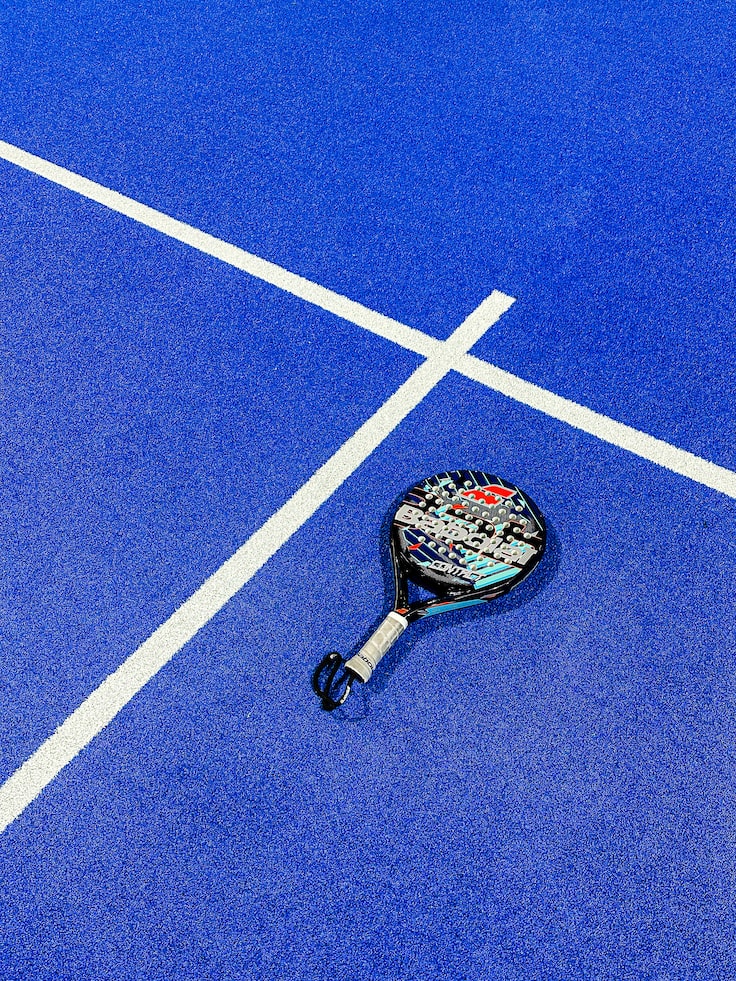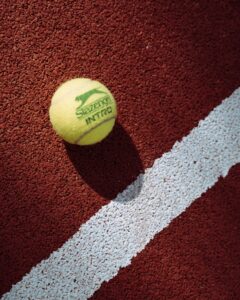A Comprehensive Guide: Understanding Padel Rules for Indoor and Outdoor Play
4 min read
A Comprehensive Guide: Understanding Padel Rules for Indoor and Outdoor Play
Greetings, fellow padel enthusiasts! If you are new to this fantastic sport or simply want to brush up on your knowledge of the rules, you’ve come to the right place. In this comprehensive guide, we will dive deep into the world of padel rules for indoor and outdoor play. So, grab your racket and let’s get started!
What is Padel?
Padel is a rapidly growing racquet sport that combines elements of tennis and squash. It originated in Mexico in the 1960s and has since captivated the hearts of players around the globe. Played in doubles format on a smaller court surrounded by walls, padel offers an exciting and social experience for players of all ages and skill levels.
The Court and Equipment
Before diving into the nitty-gritty of the rules, let’s familiarize ourselves with the court and the necessary equipment. A padel court is typically 10 meters wide and 20 meters long for indoor play. Outdoor courts can vary in size, but the most common dimensions are 10 meters wide and 20 meters long as well.
The court is surrounded by walls on all sides, which are used as part of the game. These walls allow players to continue hitting the ball after it has bounced off them, adding an extra layer of strategy and excitement to the sport.
As for equipment, all you need is a padel racket, which is similar to a tennis racket but with a few distinct differences. Padel rackets are solid and perforated with holes, allowing for better control and spin. They are also slightly smaller than tennis rackets, with a maximum length of 45.5 centimeters and a maximum width of 26 centimeters.
The Basics of Scoring
Now that we have the court and equipment covered, let’s move on to understanding the scoring system in padel. Padel follows a similar scoring system to tennis, with a few differences.
A match is typically played as the best of three sets. Each set is played to either 6 or 9 games. To win a game, a team must win at least four points and have a two-point advantage over their opponents. If the game reaches a 6-6 tie, a tiebreaker is played to determine the winner of the set.
Unlike tennis, padel uses a “no-ad” scoring system, meaning that if the game reaches deuce (40-40), the team that wins the next point wins the game. Additionally, in padel, the first team to win two sets is declared the overall winner of the match.
The Serve and Return
Now that we know how scoring works, let’s delve into the specifics of serving and returning in padel. Just like in tennis, the serve is performed by an underarm action from behind the baseline. The server must hit the ball into the diagonal service box, just as in tennis.
The ball must bounce within the service box and cannot touch any of the walls before the bounce. If the ball hits the side or the back wall before bouncing, it is considered a fault. The server gets two attempts to make a valid serve, just like in tennis.
Upon a valid serve, the receiving team must let the ball bounce before returning it. After the bounce, the ball can be played off the walls as well. Remember, strategic use of the walls can help you create unexpected angles and deceive your opponents!
Gameplay and Strategies
Now that you have a solid grasp of the basic rules, it’s time to explore some gameplay strategies that will help you elevate your padel skills.
First and foremost, communication is key. Constantly communicate with your partner about your position on the court and your intentions. This will help in avoiding collisions and confusion, ultimately leading to a more fluid and coordinated gameplay.
Another crucial aspect of padel is positioning. Try to keep your position near the center of the court to maintain balance and be ready for shots from any direction. Remember, staying in control of the center ensures maximum court coverage and puts you in a better position to react to your opponent’s shots.
Lastly, practice consistency rather than power. Padel rewards control and strategy over raw power. Focus on accurate ball placement and changing the pace and angles of your shots to keep your opponents off balance.
Final Thoughts
There you have it, a comprehensive guide to understanding padel rules for indoor and outdoor play. We hope this article has provided you with valuable insights and tips to enhance your padel experience. Remember, mastering the rules is just the beginning – practice, play, and most importantly, have fun!
Enjoy your padel journey and may your shots always find their mark!






